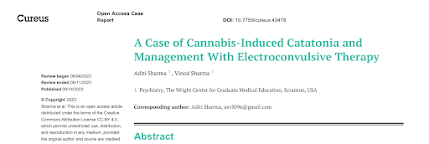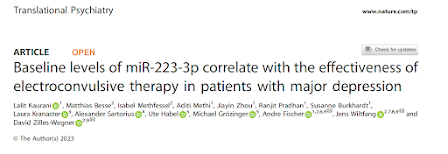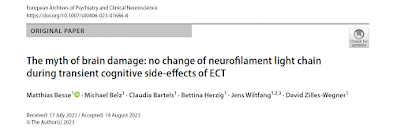Out on PubMed, from a star-studded cast of international experts, is this review: Treatment-resistant depression: definition, prevalence, detection, management, and investigational interventions. McIntyre RS, Alsuwaidan M, Baune BT, Berk M, Demyttenaere K, Goldberg JF, Gorwood P, Ho R, Kasper S, Kennedy SH, Ly-Uson J, Mansur RB, McAllister-Williams RH, Murrough JW, Nemeroff CB, Nierenberg AA, Rosenblat JD, Sanacora G, Schatzberg AF, Shelton R, Stahl SM, Trivedi MH, Vieta E, Vinberg M, Williams N, Young AH, Maj M. World Psychiatry. 2023 Oct;22(3):394-412. doi: 10.1002/wps.21120. PMID: 37713549 The abstract is copied below: Treatment-resistant depression (TRD) is common and associated with multiple serious public health implications. A consensus definition of TRD with demonstrated predictive utility in terms of clinical decision-making and health outcomes does not currently exist. Instead, a plethora of definitions have been proposed, which vary significantly in their conceptual frame














